Sustainable sound: how headphones, speakers and turntables are going green
The (small) steps audio tech is taking to become environmentally sound
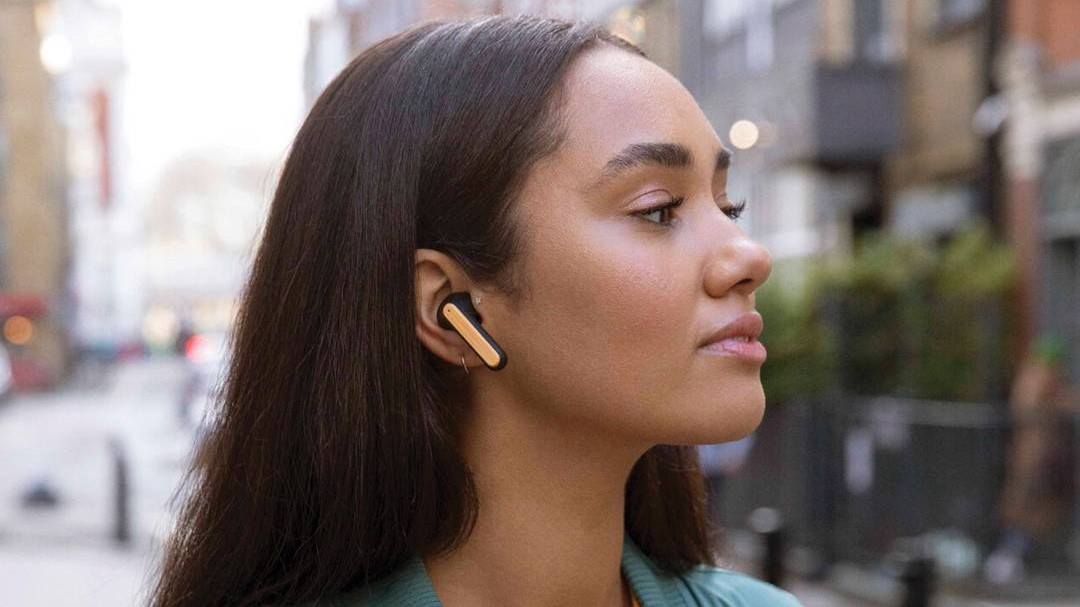
Every industry needs to step up and commit to environmental goals, but tech has a big problem – 53.6 million tonnes worth of a problem, to be exact.
According to the Global E-waste Monitor, that’s how much electronic waste, known as e-waste, was generated globally in 2019. Even worse, only 17.4% of it was correctly recycled, meaning 83% was discarded through improper means – mostly in landfills, which could leak harmful toxins into the earth.
So what can we do about it? In this guide, we’ll look at some of the different ways audio companies make their products and services more sustainable. From committing to environmentally-friendly practices to using recycled materials to create long-lasting products you might not need to get rid of for years – providing refurbishment and recycling schemes if you ever do.
- Want headphones you're going to keep forever? Our guide to the best headphones can help
Many of us have been steadily making changes to the way we shop, re-use and recycle for years now. According to research from Deloitte in early 2021, 32% of consumers are highly engaged in adopting a more sustainable lifestyle.
However, it often seems easier to shop for clothes and food with a more sustainable mindset. How do we apply that same thinking to tech?
Understanding sustainable tech
Sustainability is a broad term. Simply put, it means that companies should produce goods and services in ways that don’t use resources we can’t replace and that don’t damage the environment in any other way.
To ensure tech companies are operating sustainably, then, means considering the way materials are sourced, products are manufactured and packaged and how they’re dealt with when they’re no longer needed. To ensure consumers are shopping sustainably means choosing long-lasting products that can be repaired or – radically – deciding not to buy any tech at all.
Get daily insight, inspiration and deals in your inbox
Sign up for breaking news, reviews, opinion, top tech deals, and more.
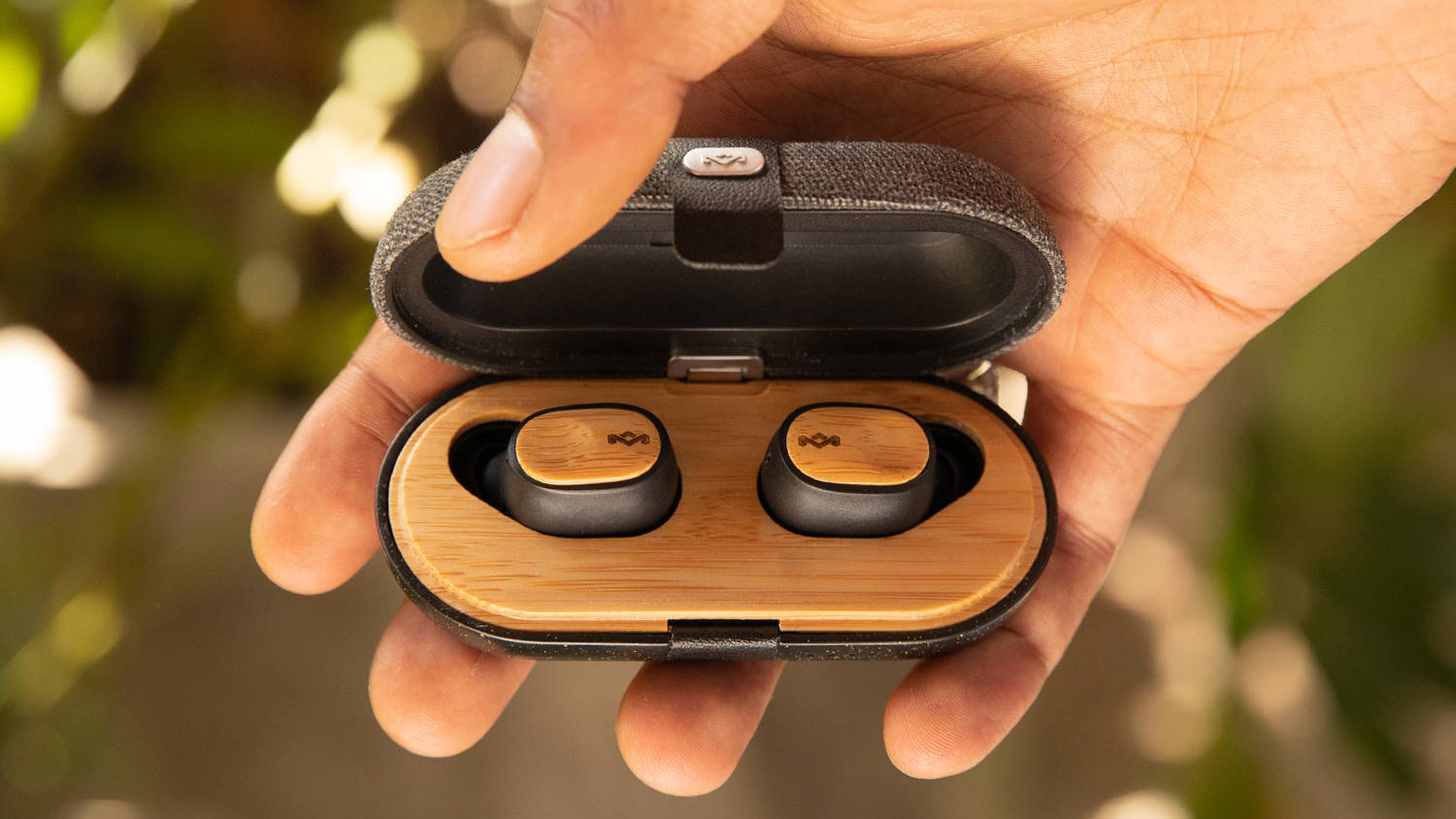
Many tech companies have sustainability goals, like becoming carbon neutral within a decade (Apple) or creating products with more recycled materials (Sony). However, we need to be wary of environmental claims, as issues within the tech industry run deep.
“Personally I'd be most interested to see tech brands that are designing out waste, considering the whole lifespan of a product, resisting the consumer trap of planned obsolescence and taking responsibility for what happens to our gadgets when they break, or wear out, or aren't cool anymore,” says Lauren Bravo, author of How to Break up With Fast Fashion and expert on sustainable shopping.
“If a brand has a free, functional repairs scheme to keep our gadgets in use for longer, then that would pique my interest more than any whizzy 'green' technology and ‘green’ schemes (nice though that is to see),” she tells us.
Bravo makes an excellent point. It’s all too easy to shout about new sustainability plans in order to win environmental points – known as ‘greenwashing’ – but tech’s biggest problem is how quickly it goes off.
“Any brand making big, bold claims about sustainability needs to be prepared to answer the less sexy questions: how long will this product last? Will you repair it and replace parts for free? Can I use it with different devices for years into the future, or will you be bugging me to upgrade it within a year?”
Lauren Bravo
“Any brand making big, bold claims about sustainability needs to be prepared to answer the less sexy questions: how long will this product last? Will you repair it and replace parts for free? Can I use it with different devices for years into the future, or will you be bugging me to upgrade it within a year?” Bravo says.
Planned obsolescence is when a company intentionally engineers a product to go out of date. Whether it simply breaks down after a certain amount of time or no longer gets the updates it needs to keep working. Many tech companies have denied that they’ve built products to die within a year or two after you’ve bought them. But many of us know that our devices far too often break or stop working – this often mysteriously coincides with when we’re due an upgrade.
Some might argue that what tech needs isn’t bold sustainability claims or even more recycled materials (they would be nice, sure). But what’s more important is building devices that can stand the test of time.

Choosing recyclable and sustainable materials
Tech companies need to choose recycled materials or (at the very least) won’t do damage to the environment if they do ever end up in a landfill.
Like Grado and Focal, many audio tech companies have been experimenting with products made from sustainable materials, like wood and bamboo. Big brands, like Sony and Jabra, use recycled plastics and have bold plans for using more and more recycled materials in the future.
But one company stands out in this space, House of Marley. That’s because it uses only sustainable materials across its range of speakers, earbuds, headphones, turntables and accessories. Co-founded in 2008 by Bob Marley’s son, Rohan Marley, the brand’s goal is to continue his father’s legacy of “love for music and planet.”
The House of Marley range of devices includes headphones, like the Liberate Air True Wireless earbuds, as well as speakers, including the No Bounds Bluetooth speaker, which are made from materials including bamboo and recycled silicone. During our reviews, we found both products gave a solid audio performance. That’s the good thing about House of Marley – sustainable materials are essential, but so is quality sound.
Johnny Connors, EMEA Product Manager at House of Marley, tells us the company aims to find more and more sustainable options in the future – and make sure they cover across the whole product lifespan.
“We are continuing to invest in research and development into alternative sustainable materials. The challenges here are ensuring that these alternative sustainable materials are easily manufacturable and have less impact at their end of life too.”
Johnny Connors
“We are continuing to invest in research and development into alternative sustainable materials,” he says. “The challenges here are ensuring that these alternative sustainable materials are easily manufacturable and have less impact at their end of life too.”
Connors explains this process can be challenging. Not only do customers need to be educated about the best sustainable materials for the job, but infrastructure needs to be built to support it. Leading change isn’t easy in an industry that’s, on the whole, not designed to consider the environment.
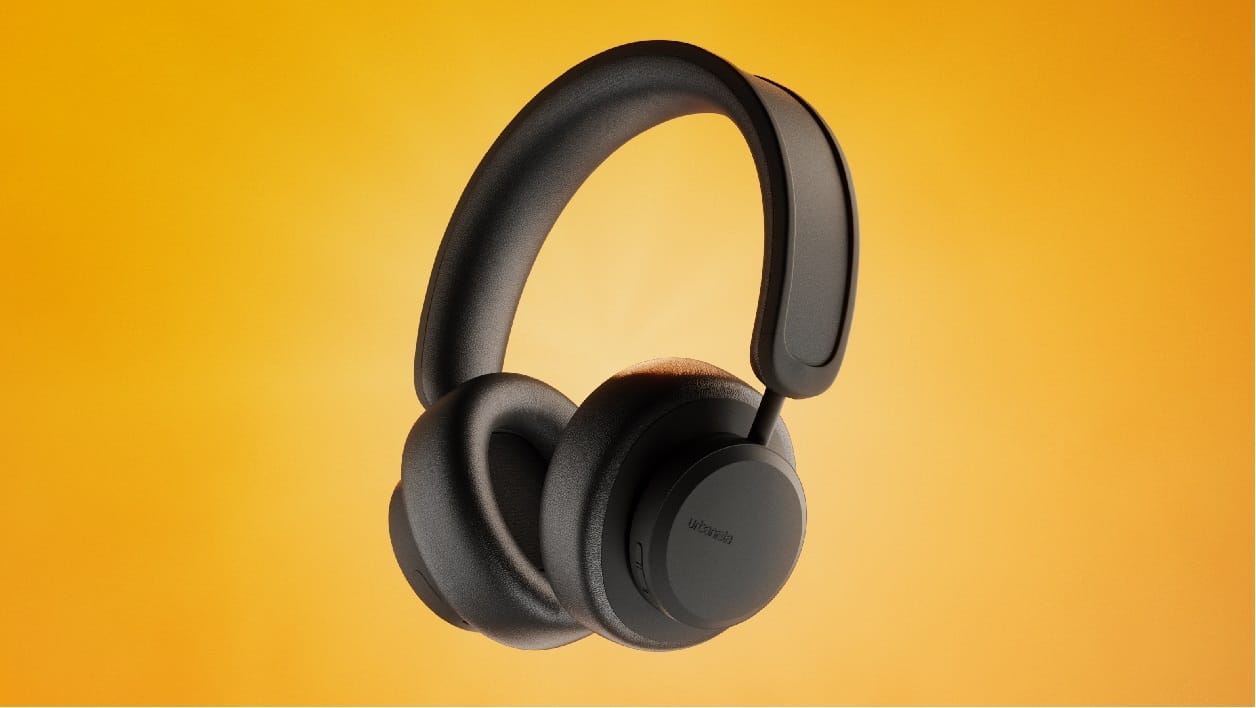
Using alternate sources of power
We consume vast amounts of energy charging up our gadgets, but what if we could use light to keep our headphones juiced up instead? That’s the thinking behind the Urbanista Los Angeles headphones, which are solar-powered.
These headphones are fitted with a new material called Powerfoyle (developed in partnership with sustainable energy company Exeger), which converts any light – from both outdoors and indoors – into energy that powers them.
“With headphones charged by light, we resolve a major pain point that consumers feel about their batteries not being charged. More importantly, we shift the energy consumption into sustainable energy.”
Anders Andreen
“With headphones charged by light, we resolve a major pain point that consumers feel about their batteries not being charged,” Anders Andreen, the CEO of Urbanista, tells us. “More importantly, we shift the energy consumption into sustainable energy.
“Consumer electronics represent 4% of the total electricity consumption in the US, so hopefully this is only the first of many consumer products that are powered by light. The key is to take small steps in the right direction.”

This isn’t the first time we’ve heard of solar-powered headphones – although they might be the first to make it to market. In 2020 we wrote about the JBL Reflect Eternal. These are a pair of headphones launched via a crowdfunding campaign and are similar to JBL’s Live series of on-ear headphones. They were also made with Exeger and were meant to be shipped in October 2020.
Unfortunately, however, JBL put the project on hold in 2020 and we’re still waiting on confirmation about when they'll be shipped.
Repairing and recycling schemes
Research from Deloitte in 2021 found that some of the critical pain points that stop people from living more sustainably are a lack of guidance about how to dispose of and recycle old products, and a need for better schemes to remove plastic and packaging they were wrapped up in.
In our opinion, these are huge problems when it comes to tech. It’s not easy to figure out where to take devices when they’re no longer working or how to dispose of packaging beyond bundling it in your recycling bin at home.
Luckily, some tech companies are working to address these problems and provide customers with ways to trade in old audio products. The Apple Trade-In allows you to return an old device, which might give you credit towards your next purchase or an Apple Store Gift Card in return. If it’s not eligible for credit, Apple will at least recycle it for free.
Retailers are taking steps here too. In the UK, Currys PC World has its own trade-in policy. You take in products; they’re wiped and then either re-used or recycled. In the US, Best Buy offers a similar service.
In the UK, Currys PC World has its own trade-in policy. You take in products; they’re wiped and then either re-used or recycled. In the US, Best Buy offers a similar service.
As well as recycling, some brands are also switching onto an increasing consumer willingness to repair their tech. Whether they choose to have it repaired by the brand, through an independent company or fix it themselves.
Many tech companies have come under fire in the past for creating products that are difficult to repair, using parts that are difficult to replace or offering no means of fixing a device if it breaks.
This is what Right to Repair is all about. EU legislation that would require some tech vendors to use easily repairable components in their devices. It should come into effect in summer 2021, and it’s easy to see why companies might not be keen on this. However, those that do offer guidance on how to repair their products and create products that can be repaired easily will attract people looking for more sustainable tech options – which is more and more of us.
Many audio tech companies are now making commitments to create products with repairs in mind. For example, Jabra’s 2020 sustainability report highlights the company’s goal to design products that can be both repaired and recycled without compromising durability.
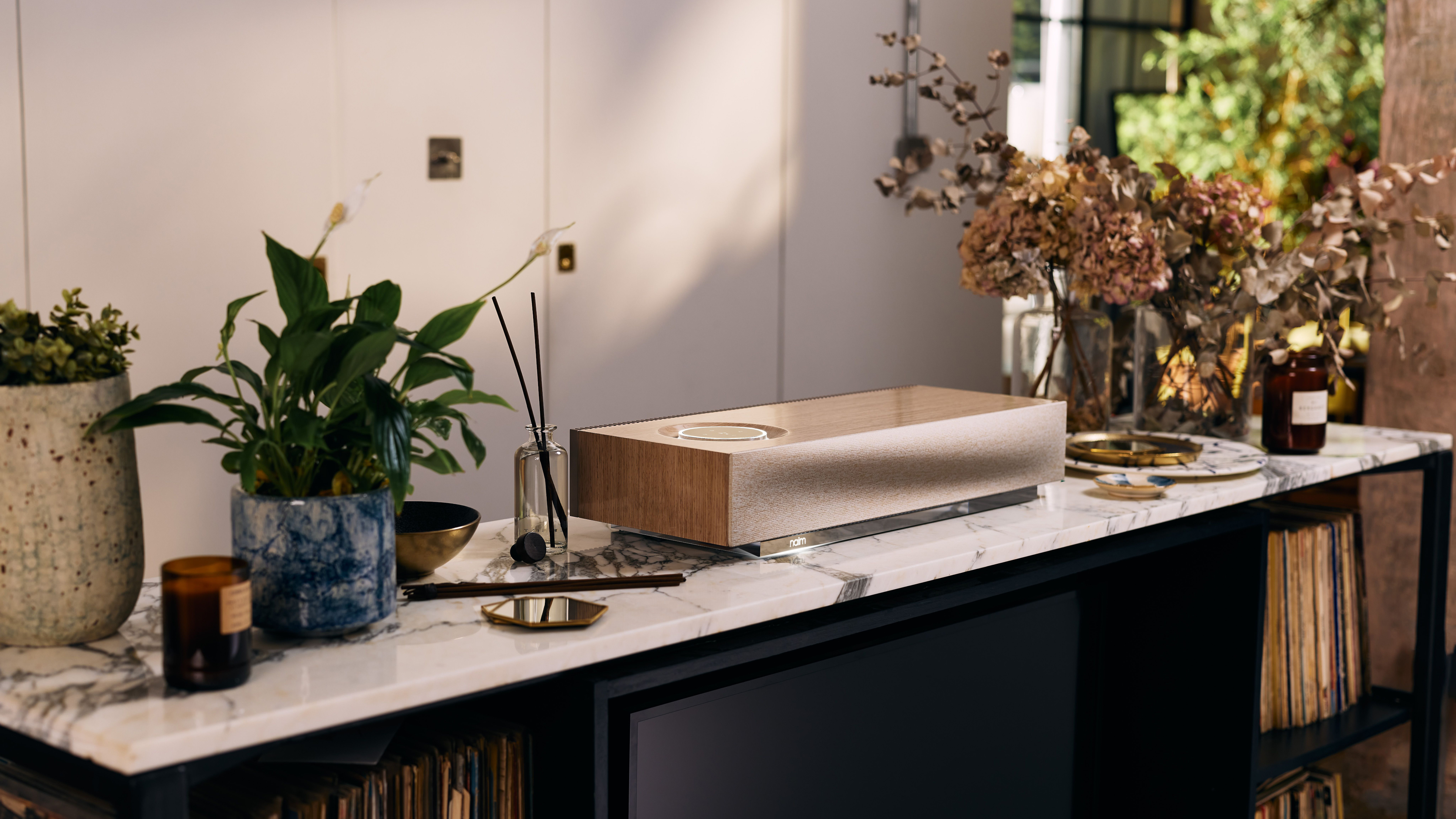
Building tech to last
It doesn’t sound groundbreaking, but we need more tech that’s built to last a long time rather than end up in a bin in under twelve months. There are plenty of brands that make high-end products you can only imagine buying once or twice in your lifetime, tops – think giant sound systems. But we also need a commitment from brands that create smaller products designed to go out of date much quicker – like on-trend headphones that we might upgrade within a year or two.
This involves choosing materials that are not only sustainable but durable. As well as covering all the repairability points we’ve already covered – if you can keep a device working, there’s no need to chuck it.
Audio tech company Naim has had a Built to Last policy for years. The brand designs devices to last for decades and regularly services and repairs products.
“We recently serviced one of our very first amplifiers, which was almost 50 years old. It was still going strong and delivering enjoyment to its user. That’s true longevity.”
Stuart Brown
“We endeavour wherever possible to bring upgrades to existing products,” says Stuart Brown, the Audio Product Development Manager at Naim. “We recently serviced one of our very first amplifiers, which was almost 50 years old. It was still going strong and delivering enjoyment to its user. That’s true longevity.”
This is why it pays to shop around for tech that’s high quality, durable and – importantly – has a timeless look to it.
Brands like Bang & Olufsen, Sony and Bose might be expensive, but they’re often worth the investment. Sure, that’s easier said than done if you only have a small budget, but it could serve you and the planet better than buying a cheap pair of headphones you’ll need to replace in a few months.
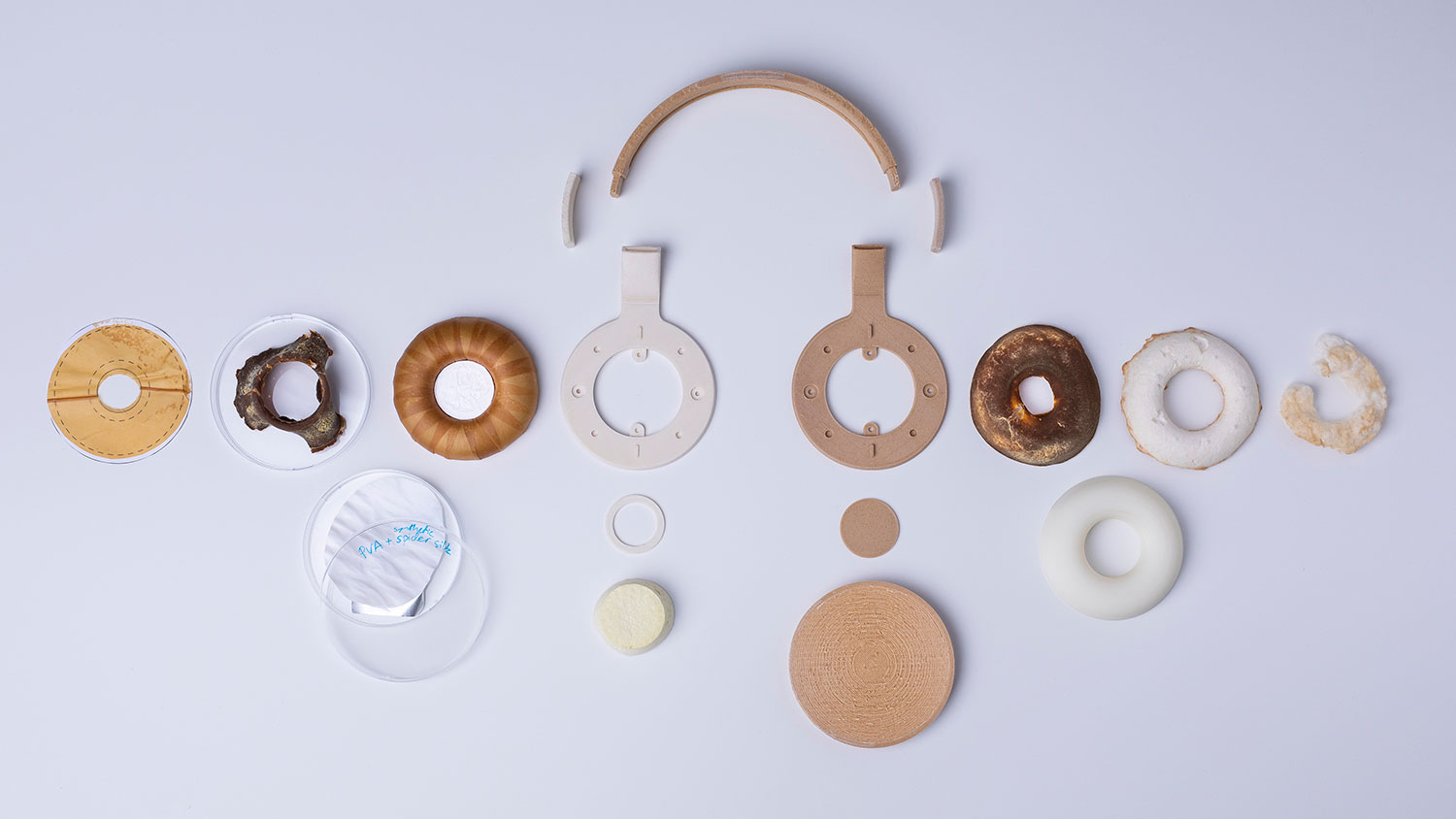
Looking to the future of sustainable audio tech
As tech companies search for more sustainable solutions, they might discover brand new ways to build devices. This includes bio-based materials, which is how the Korvaa headphones are made. Developed by researchers at Aivan, these headphones might be a prototype for now, but they’re made entirely from fungus and other biodegradable, 3D printed materials.
This is exciting. But the reality of making more sustainable tech and consciously shopping for audio devices will be challenging. Tech companies need to take responsibility for their businesses at every step of the way – from sourcing materials to ensuring they’re refurbished or recycled when they no longer work.
But this isn’t just about tech companies doing the right thing. We all need to learn to live with our tech for longer. Many of us might have the best sustainability goals in some areas of our lives but then lust after the launch of a new shiny tech device the second after it's announced on-stage.
Who can blame us? The industry has told us for decades that we absolutely must have a new feature, an upgrade, bigger, slimmer and better. But saving the planet will take a joined-up approach – tech companies need to change their practices, but we need to change how we buy and shop for our tech, too.
- Looking for tech that lasts? Check out our guides to the best wireless headphones, best Bluetooth speakers, best turntables, best wireless speakers and best soundbars
Becca is a contributor to TechRadar, a freelance journalist and author. She’s been writing about consumer tech and popular science for more than ten years, covering all kinds of topics, including why robots have eyes and whether we’ll experience the overview effect one day. She’s particularly interested in VR/AR, wearables, digital health, space tech and chatting to experts and academics about the future. She’s contributed to TechRadar, T3, Wired, New Scientist, The Guardian, Inverse and many more. Her first book, Screen Time, came out in January 2021 with Bonnier Books. She loves science-fiction, brutalist architecture, and spending too much time floating through space in virtual reality.
